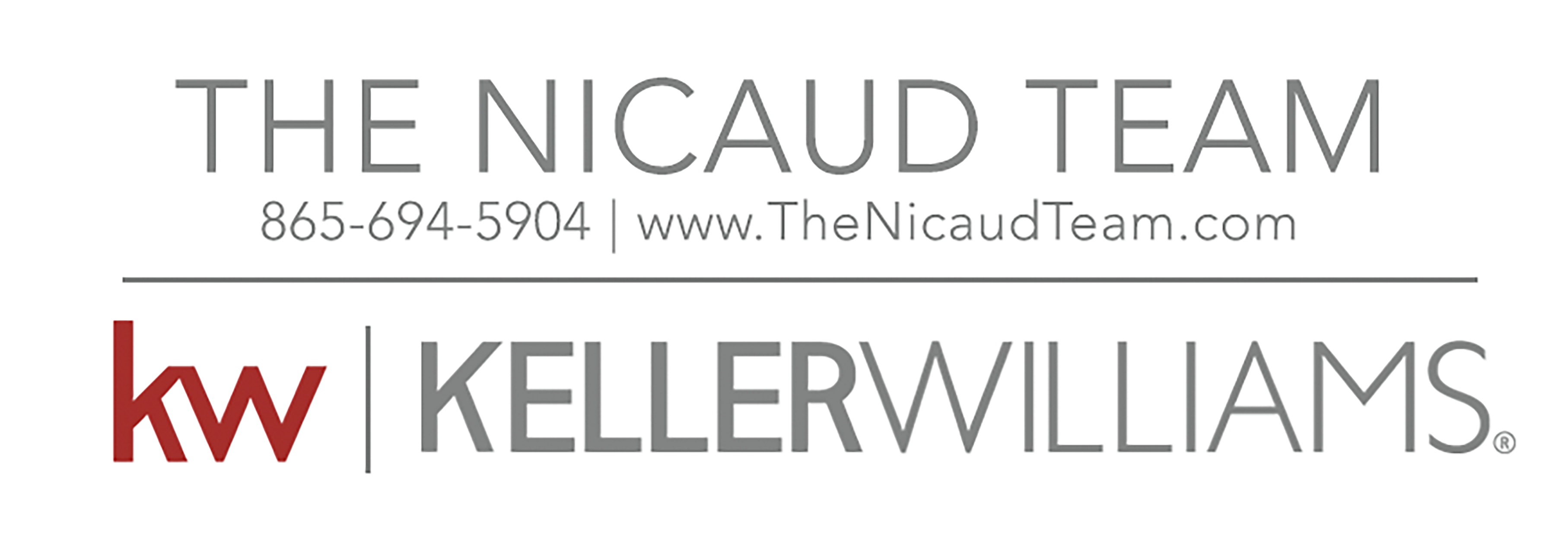Thinking About Selling in Knoxville? Here’s How to Price It Right
Spring is a bustling time for home sales in Knoxville and the surrounding areas. If you’re considering selling your property, you’re in good company. However, one crucial question often looms over sellers: How do I price my home effectively?
The right price can truly determine the success of your sale. Aim too high, and you risk deterring potential buyers. Price it too low, and you might leave money on the table. Let’s explore how to find that perfect price point—where your home sells quickly and for a fair amount.
Understand the Current Market
What’s the state of the housing market in Knoxville this spring? Interest rates are still a significant consideration. They’ve dipped slightly from last year’s peaks, but they’re still not at historically low levels. Buyers are cautious, yet many are eager to secure a purchase before rates increase again.
Inventory levels also play a crucial role. Are there more homes on the market in your neighborhood than usual? Or is the supply still tight? In areas like West Knoxville, where inventory has been lower, sellers often enjoy less competition. However, neighborhoods like Downtown Knoxville have seen a surge in listings, making competitive pricing even more essential.
This spring, tariffs are another economic factor that’s on everyone’s radar. For homeowners, potential buyers, and real estate professionals alike, understanding how tariffs impact inflation and mortgage rates is increasingly relevant.
The Role of Seasonality
Spring isn’t just a busy time for buyers; it’s also when many sellers put their homes on the market. Properties tend to show better with blooming flowers and pleasant weather, which means you’ll face increased competition. Pricing your home correctly from the start can give you an edge.
Buyers are often more emotionally invested in the spring, envisioning their future summers in a new home. To take advantage of this, ensure your home is in its best possible shape for showings.
Get a Comparative Market Analysis (CMA)
A Comparative Market Analysis (CMA) is one of the most effective tools for determining your home’s value. By examining recent sales of similar homes in your neighborhood, we can assess how your property compares, considering factors like square footage, condition, age, and upgrades.
It’s essential to remember that homes sold six months ago may not reflect the current market. Spring often brings fresh buyers and shifts in demand. Make sure your agent pulls the latest data. If you’re looking for an accurate CMA with up-to-date market statistics, just reach out.
Think Like a Buyer
This can be challenging, but try to view your home from a buyer’s perspective. You might adore your custom kitchen backsplash or that cozy reading nook you added, but will buyers appreciate those features as much as you do?
Buyers typically compare multiple properties, searching for value. If a similar house around the corner has a newly remodeled bathroom and yours doesn’t, pricing yours a bit lower could be a smarter strategy.
Don’t Overprice “Just to See”
It’s tempting to set a high price and hope buyers will negotiate down. However, homes priced above market value often linger unsold. The longer your home stays on the market, the more buyers start to wonder what’s wrong.
If you’re not attracting interest in the first couple of weeks, it might be time to reconsider your price. We can monitor feedback from showings and look for patterns—if buyers love the layout but hesitate at the price, that’s a clear indicator.
Factor in Your Goals
Are you aiming for a quick sale so you can move into your next home? Or are you willing to wait for the best possible offer? Your pricing strategy should reflect your priorities.
If speed is your main concern, pricing slightly below market value can create competition and possibly spark a bidding war. Conversely, if you’re not in a rush, you might have some flexibility to price higher and negotiate later.
Consider Recent Upgrades and Repairs
Have you recently updated your kitchen, added a deck, or replaced the roof? These improvements can increase your home’s value, but not always at a one-to-one ratio. Typically, renovations in kitchens and bathrooms yield higher returns. Be sure your agent considers these factors when developing your pricing strategy.
If your home has outdated features or needs repairs, buyers will likely expect a lower price. Tackling minor repairs and cosmetic updates before listing can help prevent lowball offers.
Monitor Neighborhood Trends
Keep an eye on what’s happening in your neighborhood. Are homes selling quickly? Are there multiple offers? Or are properties hanging around for weeks with price cuts?
We’ll assist you in analyzing these trends and deciding whether it’s best to price at the higher or lower end of your range.
Be Prepared to Negotiate
Stay calm and flexible, and work with your agent to find common ground. A well-negotiated sale benefits both parties.
Stay Flexible
Even with careful planning, the market can change. Perhaps a competing home in your neighborhood reduces its price, or buyer demand suddenly increases. Be open to adjusting your price if necessary.
Your agent is your best resource for keeping an eye on trends and advising you on any adjustments that could help your home sell faster.
Final Thoughts
Pricing your home isn’t an exact science, but it’s also not a guessing game. By understanding market conditions, thinking like a buyer, and collaborating with a knowledgeable agent, you can confidently set a price that works for you.
If you’re ready to take the next step, reach out to discuss a personalized pricing strategy tailored to your home and your goals.
Thinking about selling your home?
Get in touch. We'll guide you through every step of the process to ensure a smooth transaction that meets your goals.




